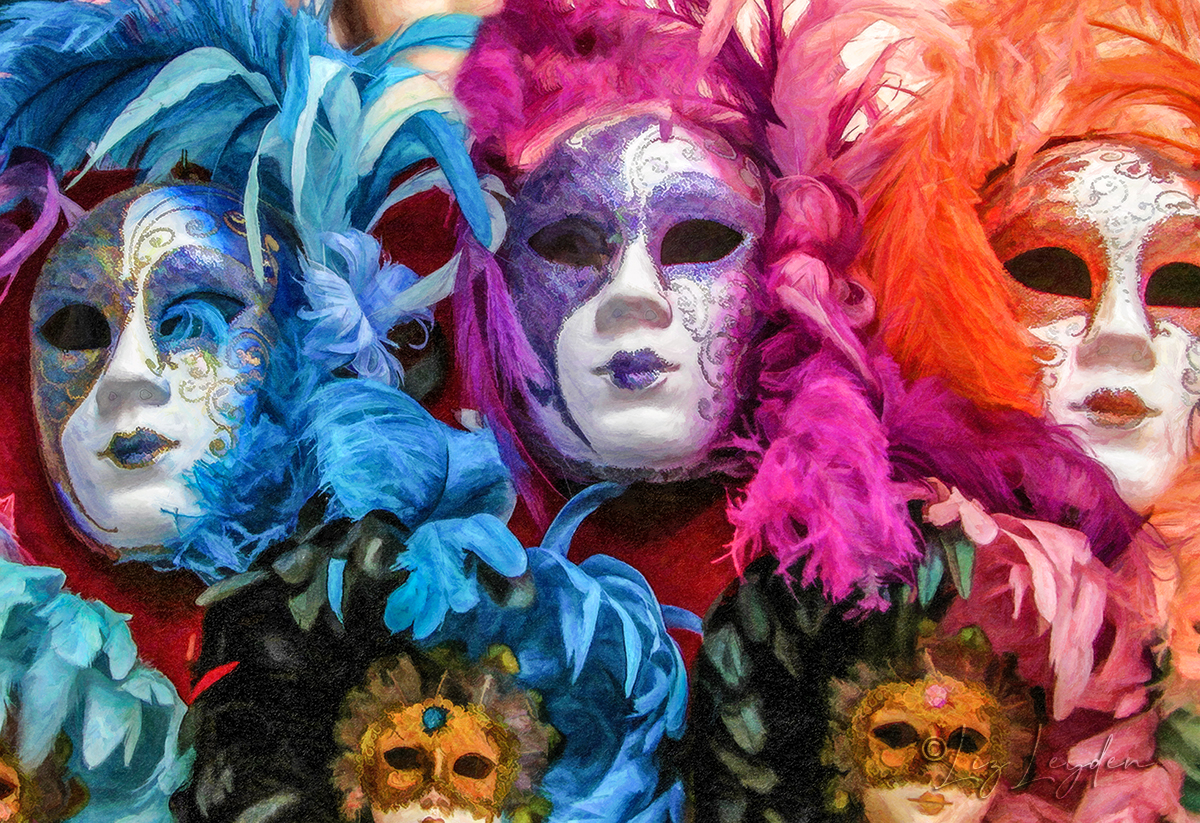A collection of ceramic Carnevale masks on display in a shop window in Venice, Italy.
Masks have been worn in Venice since at least the twelfth century. The original masks were crafted from paper-mache and decorated with fur, feathers and beads.
Wearing masks hid the wearer’s identity when doing dubious deals or engaging in promiscuity. They also kept people on a more level playing field at a time when class divisions were wide and deep. Their use became so widespread that the city government had to pass a law restricting mask-wearing to Carnival time.
The original function of masks in Venice was both practical and aspirational: a person in a mask could be who they wanted to be, and do what they wanted to do. A poor man could be a nobleman for a day. A woman could act like a man, or vice versa.
The Culture Trip
Carnival customs faded in Venice after the Enlightenment, but the arts and crafts of making masks were revived after the official Carnevale reinstatement in 1979.
This photo is copyright © Liz Leyden, all rights strictly as agreed in writing with the author or her agent.
It is available for sale as various types of wall art, and as home and personal accessories, from my gallery at Pixels.com.


